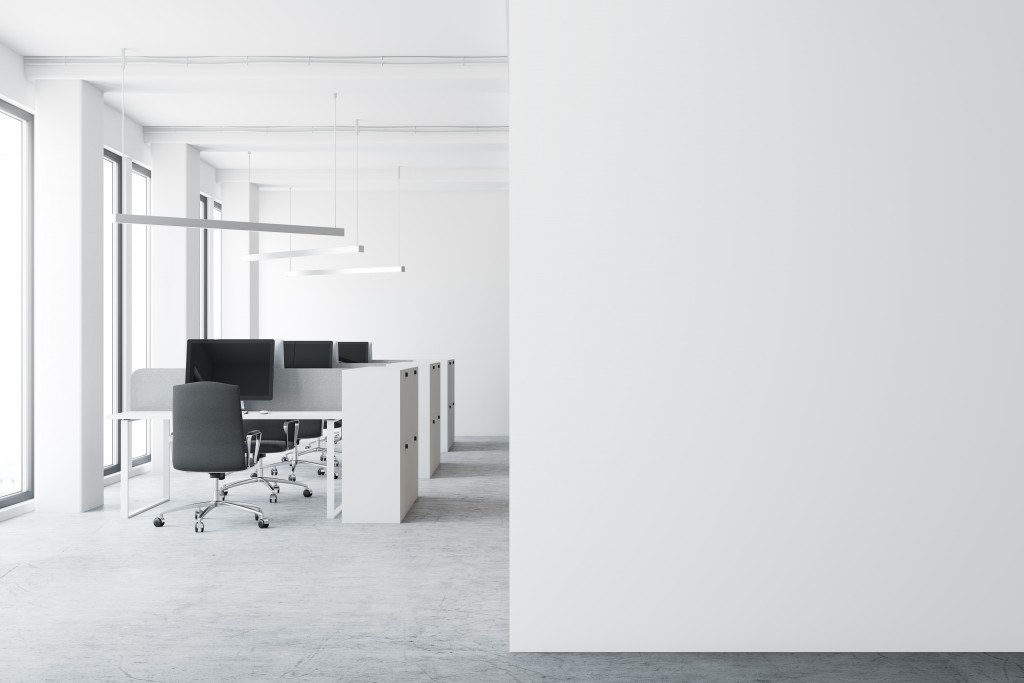The next pandemic, they said, is just around the corner. Some said it would take us less than a hundred years to see a pandemic of this magnitude again. Regardless if you think you will see that day or not, it’s best for business spaces to be prepared for it. We’re already distributing vaccines. Travel is getting back one by one. Offices are reopening. So, does that mean workers will be back in their cubicles?
Not so fast. Research shows that two-thirds of those working remotely right now will like to keep doing so. They are not as excited to go back to the office for two reasons: the work-from-home setup works for them, and they fear that working in an enclosed space will trigger the transmission of the virus. Both are valid reasons, but the adage that no man is an island is true. No business can fully survive without some form of a workforce in cubicles and conference rooms.
The world needs to get back on its feet, and office spaces need to be filled once more. Office designers, architects, and engineers are scrambling to redesign the office space and get workers back in their cubicles. Since there will surely be another pandemic on the horizon, your office has to be ready. How should a pandemic-proof office look like?
Easy and Breezy
Air circulation and air purification were not big concepts before the pandemic. Today, people are clamoring for air cleaning services. They are hiring designers to open up their offices and allow outside air to get in. They partner with duct cleaning service companies to ensure that their air ducts are free from toxins, allergens, and contaminants. Now more than ever, offices need to increase the volume of outside air that comes into the room.
The simple act of cracking windows open can stop the transmission of the virus. The problem is that tightly sealed windows are designed that way for energy efficiency. A solution would be to install a mechanical heat exchange system inside the sill. The system will warm or cool the outside air before letting it enter the room.
Open Plan and Plants
Before the pandemic, there were questions about the practicality of open-floor office space. Some offices during the pandemic decided to put up Flexiglass to keep employees in their cubicles. But wouldn’t they pass by one another in the halls? How about in the pantry? Or the comfort room? When someone sneezes, the exhaled air will hit the divider and ends up being dispersed in the room.
Instead of dividers, designers are proposing an open-floor layout with plants and airflow systems, which can reduce the amount of exhaled air that circulates in a room. Plants will also help produce more oxygen and clean the indoor air. Vents in the ceilings and near the floors will also improve the quality of air in the office.
Hands-off Approach
People touch many common areas and things in the office—door handles, light switches, printers, photocopiers, etc. You can institute a hands-off approach by investing in the right technology. Instead of pushing or pulling the door with a handle, automate it with a touchless switch. People will only need to wave their hands in front of the sensor for the doors to open. Reducing the number of doors in the room will also eliminate the need to touch what others have already touched. The same thing applies to light switches. Sensitive motion-detecting lights will reduce the need for manual switches.

Staggered Seating and Work Shifts
Bringing in employees back to the office should be done on a staggered basis. Although zigzag seating arrangements, tables, and cubicles work best for offices, not all organizations can spend on that much space. When companies do come back to offices, they will have to save on rental fees.
This means that companies must work on a flexible working schedule and shift. If you have 50 employees, you might have to make some of them work from home while others attend the office. Or, they can go on work shifts where certain people will be present in the office from Monday to Wednesday while the next team will be from Thursday to Saturday.
The pandemic forever altered the world, but that doesn’t mean people will not enjoy mingling with each other in the future. Though there needs to be some distance and protocols when employees start going back to the office, the right design will make the transition seamless. The next time a pandemic hits again, office buildings will be more than ready with safety protocols in place.

